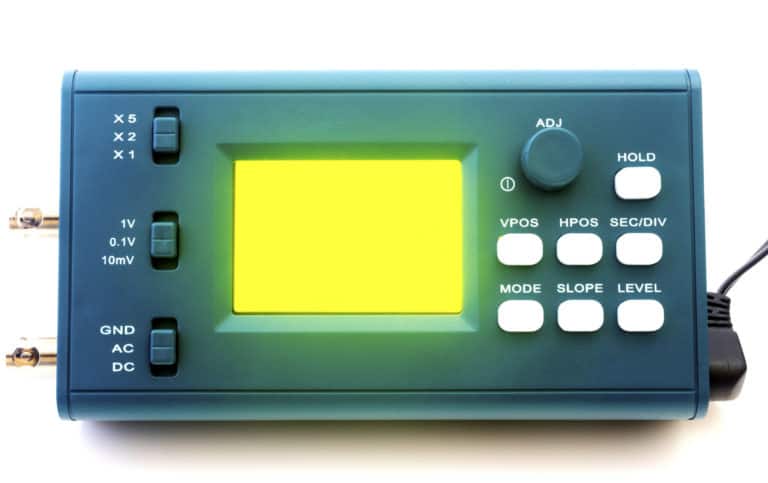The rapid improvement in photovoltaic technology and reduction in the cost of the components base of solar power systems has resulted in solar energy being the lowest cost per kWh in the market. Driven by environmental concerns for the planet and the trend to live off-grid and independent of the utility companies has resulted in exponential growth of the solar energy industry.
There are very few exceptions where a charge converter is not required to connect the solar panel array to the battery bank. The charge converter adjusts the voltage and charge current to the optimal levels for charging the battery bank, thus ensuring the system’s longevity.
In a grid-tied solar system, the energy produced by the solar panels is fed into the national power grid and does not charge a battery bank. Such grid-tied systems do not require the installation of a charge controller as there are no batteries to protect.
Solar charge controllers have to perform the following functions:
- Regulate power from the solar panels
- Prevent return voltage to the solar panels at night
- Monitor the battery state of charge
- Cycle the charging to prevent overcharging and damage to the batteries
- Balances the Watts input to the Watts output
Let’s review why a charge controller is needed to protect your off-grid solar system?

A Charge Controller Balances The Power Input & Output Examples
Solar panels used for domestic solar systems range in power output from 100 W to 400W per solar panel. Consider a simple solar system with two x 100 W solar panels required to charge a 12 V battery bank.
100 Watt Solar Panels
The two 100 W panels and be connected in series or parallel configuration for a combined power output of 200 W.
- Each panel generates a voltage of 20 V at a current of 5 A (Ampere), thus 20 V x 5 A = 100 W of power per panel.
Connecting the two panels in series will result in the sum of the voltage output of each panel 40 V but still at a current strength of 5 A.
- The output of the two panels in series will be 40 V x 5 A = 200 A.
Connecting the two panels in parallel, the voltage remains constant at 20 V, but the current strength is doubled to 10 A.
- The output of the two panels in parallel will thus be 20 V x 10 A = 200 A.
Both the configurations of the solar panels produce 200 W of power, but neither can be used to directly charge the 12 V batteries. The 12 V battery bank needs a constant charge voltage of 14 V to charge the batteries.
The charge controller must adjust the input power to the output power (charge power) in the desired voltage and charge current.
The charge current of the two solar panels of 200 W will be converted by the charge controller to 200 W / 14 V = 14.28 A.
The charge controller will be required to adjust the 200 W power input to the 14 V charge voltage needed at a current strength of 14.28 A for a combined charge power input of 14 V x 14.28 A = 200 W (199.92 W).

See also: What A Solar Charge Controller Does (Explained)
Charge Controller Protect The Solar Panels And The Battery Bank
During the day, when sunlight falls on the photovoltaic cells of the solar panel, a high voltage is generated that will seek to flow from the panels to the charge controller and be converted to the required voltage and amperage to charge the batteries.
As the sunlight diminishes and the voltage drops and stops current flowing from high voltage to low voltage, the charge controller prevents current from flowing back from the battery bank to the panels. If this backflow is allowed, the panels could melt and be damaged beyond use.
Protects From Damage
The charge controller thus protects the solar panels from current return damage. On the other side of the charge controller is the high-cost battery bank. Batteries must not be overcharged as it damages the battery chemistry and significantly reduces the battery life cycle.
Regulating Charge
The charge controller is designed to sense the state of charge (SOC) of the battery and regulate the charge current. The charge controller will allow fast charging when the SOC is depleted and taper down the charge rate as the battery SOC nears full charge.
Trickle Charge
Once the battery bank has been fully charged, the charge controller will switch to a SOC monitoring and trickle charge mode. The charge controller will divert the excess power and dissipate the power via a DC load.
Solar systems need to be designed to balance the power demand needed from the system. Solar system designers always start by determining the household’s power demand at present and allow for some growth.
Your monthly utility bill is a good place to start determining your current kilowatt-hours per month (kWh/m) consumption. An off-grid system will require the solar power generated during the day to be stored in a battery bank for use as required.
What Type Of Solar Charge Controller Is Most Commonly Used
MPPT (Maximum Power Point Tracking) Charge Controllers are the current state of the art for off-grid domestic and marine solar system installations. They add a lot of value to your solar installation and protect the performance and durability of the system.
MPPT charge controllers can communicate via Bluetooth or NFC (near field communications) with information devices such as cellular telephones, tablets, or digital displays what the state of charge of the battery bank is and how much power is being generated by the solar array.
MPPT controller increases the solar system’s efficiency by up to 30% compared to low-cost Pulse Width Modulated (PWM) charge controllers. MPPT charge controllers have become standard for domestic off-grid and marine solar systems.
The most notable suppliers of MPPT charge controllers are Victron Energy and Renogy. Both brands are well regarded, but Victron Energy is the most favored brand in a marine application where compact size, system efficiency, and safety from a fire are key.
Here’s a popular Victron charge controller that
- Maximize Performance Anywhere: Victron Energy Cerbo GX is a all-new communication-centre allows you to always have perfect...
- Perfect Monitoring & Control: Instantly monitor battery, follow up on alerts, perform diagnostic checks & resolve challenges...
- Remote & Direct Access: Simply connect through our Victron Remote Management (VRM) portal, or access directly, using the...
References:
- https://www.solar-electric.com/learning-center/solar-charge-controller-basics.html/
- https://www.nsenergybusiness.com/news/newsfive-most-commonly-used-solar-panels-171117-5980591/
- https://us.sunpower.com/how-many-solar-panels-do-you-need-panel-size-and-output-factors
- https://www.electronicshub.org/best-solar-charge-controllers/




